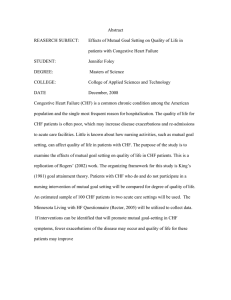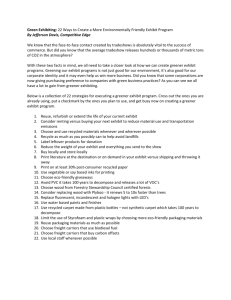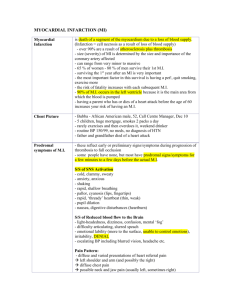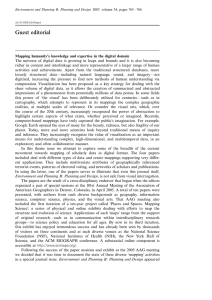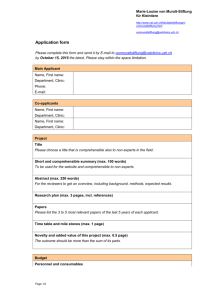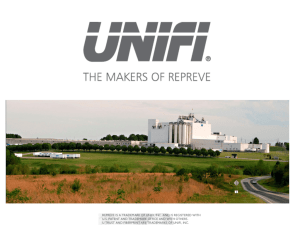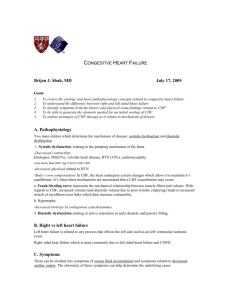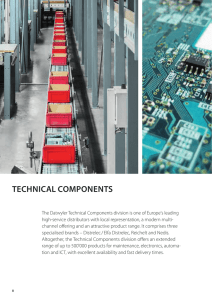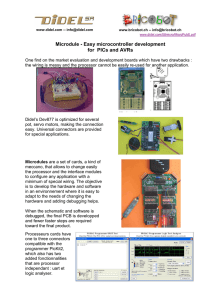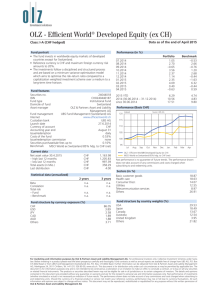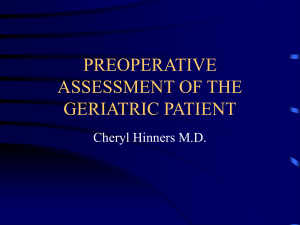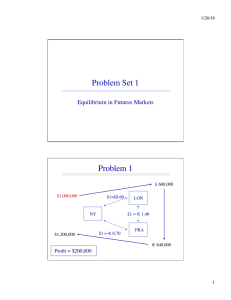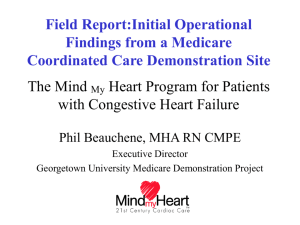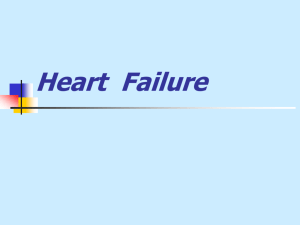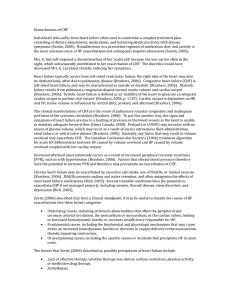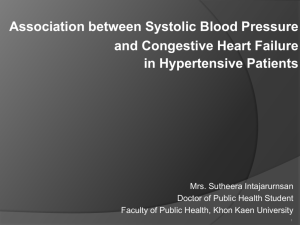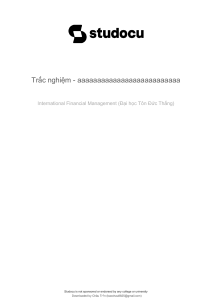Web Resources at the Chemical Heritage Foundation
advertisement
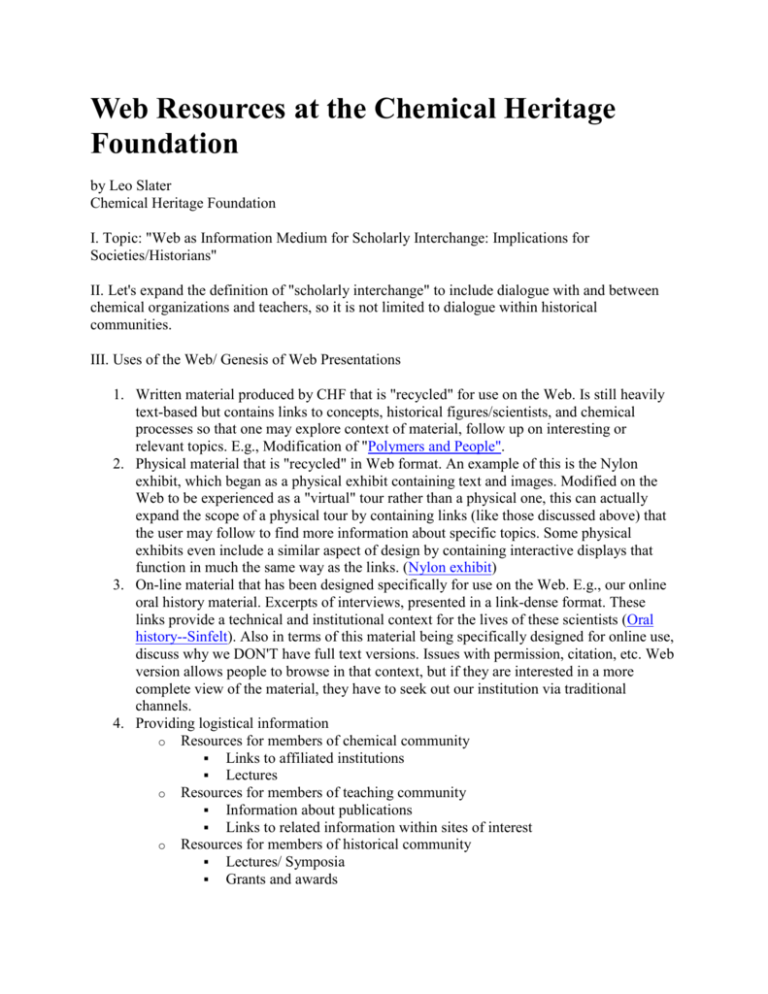
Web Resources at the Chemical Heritage Foundation by Leo Slater Chemical Heritage Foundation I. Topic: "Web as Information Medium for Scholarly Interchange: Implications for Societies/Historians" II. Let's expand the definition of "scholarly interchange" to include dialogue with and between chemical organizations and teachers, so it is not limited to dialogue within historical communities. III. Uses of the Web/ Genesis of Web Presentations 1. Written material produced by CHF that is "recycled" for use on the Web. Is still heavily text-based but contains links to concepts, historical figures/scientists, and chemical processes so that one may explore context of material, follow up on interesting or relevant topics. E.g., Modification of "Polymers and People". 2. Physical material that is "recycled" in Web format. An example of this is the Nylon exhibit, which began as a physical exhibit containing text and images. Modified on the Web to be experienced as a "virtual" tour rather than a physical one, this can actually expand the scope of a physical tour by containing links (like those discussed above) that the user may follow to find more information about specific topics. Some physical exhibits even include a similar aspect of design by containing interactive displays that function in much the same way as the links. (Nylon exhibit) 3. On-line material that has been designed specifically for use on the Web. E.g., our online oral history material. Excerpts of interviews, presented in a link-dense format. These links provide a technical and institutional context for the lives of these scientists (Oral history--Sinfelt). Also in terms of this material being specifically designed for online use, discuss why we DON'T have full text versions. Issues with permission, citation, etc. Web version allows people to browse in that context, but if they are interested in a more complete view of the material, they have to seek out our institution via traditional channels. 4. Providing logistical information o Resources for members of chemical community Links to affiliated institutions Lectures o Resources for members of teaching community Information about publications Links to related information within sites of interest o Resources for members of historical community Lectures/ Symposia Grants and awards IV. New Possibilities 1. Supporting documentation for CHF programs. Posting the resources and processes we used to write a paper, whether or not the paper is online, for example. Examples of the kinds of projects we've done linked to our vision statement. List of recommended readings to prep. for our colloquia. 2. Project coordination. CHF could create areas in which scholars, teachers, and members of the chemical community could interface on projects. An e-room or list serve could be a start. Project management software. 3. Interdisciplinary bibliographic resources. Allow people with focused academic questions to cull information from a range of sources.


